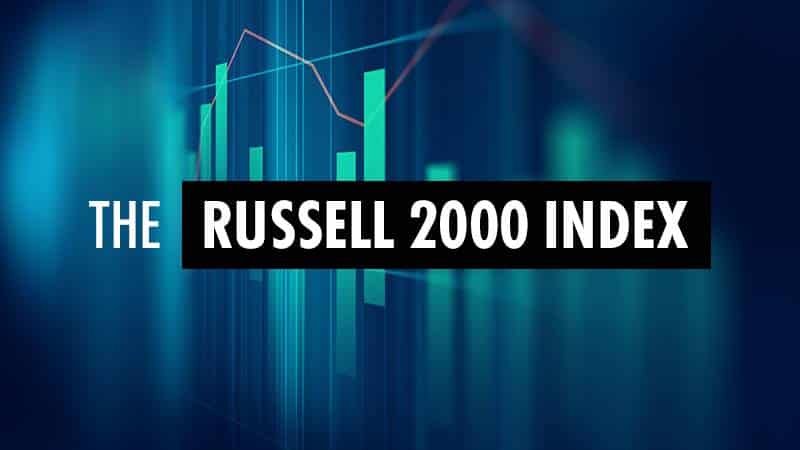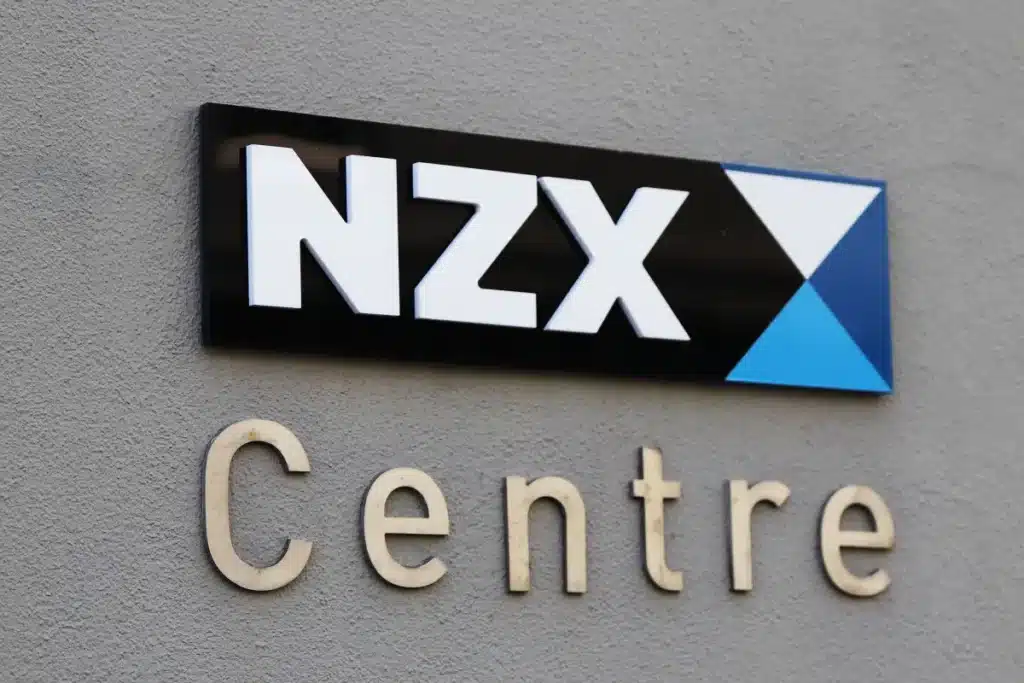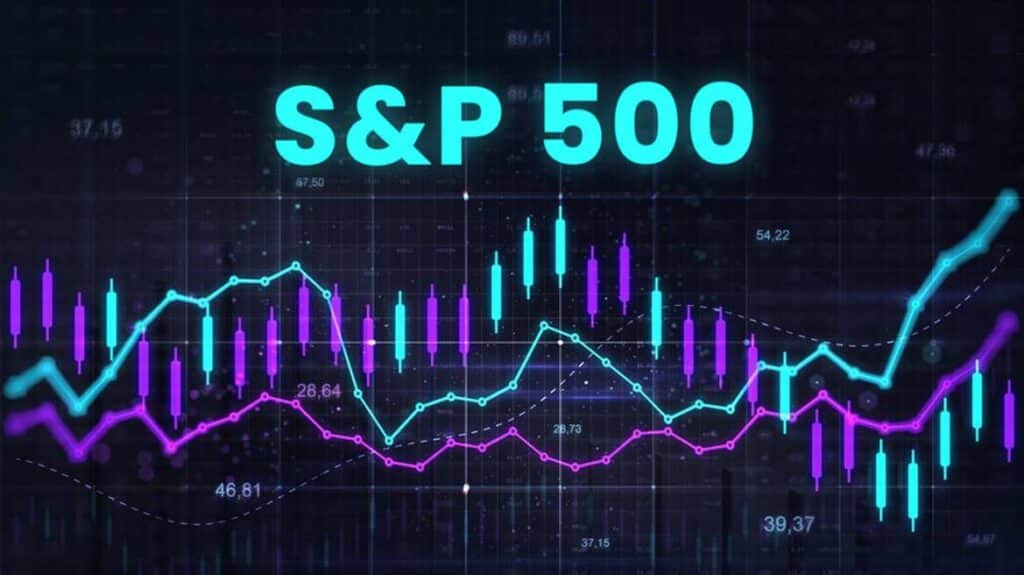Trump Unveils Sweeping Tariffs; US Stock Futures Tumble – What’s Moving Markets
The investing world is abuzz following a significant announcement from President Donald Trump that has sent ripples through financial markets across the globe. On the morning of April 3, 2025, U.S. stock futures took a nosedive after Trump revealed a comprehensive set of new tariffs intended to redefine the global trading landscape established over past decades. The announcement quickly sparked concerns about the economic implications these tariffs could have both domestically and internationally.
Impact on U.S. Markets
In the immediate aftermath of Trump’s announcement, U.S. stock futures experienced a sharp decline, with Dow futures dropping a staggering 1,000 points. This reaction was largely driven by investors’ concerns that these tariffs might disrupt major supply chains, increase costs for U.S. companies, and potentially lead to retaliatory measures by affected countries. Such uncertainty typically leads to a risk-off sentiment, where investors gravitate toward safer investments.
Effect on Global Companies
The unveiling of the tariffs quickly trickled beyond U.S. borders, impacting multinational corporations and global supply chains, particularly those reliant on Asian manufacturing hubs. The retail sector faced immediate pressure, with shares of globally prominent companies like Adidas experiencing an 11% drop as investors worried about increased costs that could erode profit margins.
Technology Sector Braces for Impact
The technology sector, often viewed as a bellwether for economic health, is among the hardest hit. Companies that have been part of what’s referred to as the “Magnificent Seven” tech stocks faced pronounced selloffs. This sector is particularly vulnerable to tariffs given its reliance on components and products manufactured overseas. As a result, a cautious atmosphere was pervasive among investors who often depend on tech stocks for growth.
Further Economic Implications
In addition to immediate market reactions, the introduction of these tariffs poses longer-term risks to economic prosperity. For instance, experts caution that the Eurozone and the United Kingdom could face heightened recession risks. Because their economies rely heavily on global trade, any disturbances can magnify existing vulnerabilities within these regions.
Cryptocurrency and Foreign Exchange Reactions
Even digital currencies were not immune, as Bitcoin’s price tumbled to $83.4k, reflecting a broader risk-off sentiment among investors. In parallel, currency markets have been volatile. The U.S. Dollar weakened as reciprocal tariffs cast doubt on future economic growth, while the Japanese Yen surged, despite the uncertainty surrounding global trade dynamics.
This period of tariff turmoil illustrates the interconnectedness of today’s financial world. Investors are reminded of the importance of staying informed and adapting quickly to news that can impact market conditions dramatically. While uncertainty prevails, savvy investors will likely be on the lookout for opportunities amid the chaos, potentially turning to undervalued stocks or diversifying their portfolios to hedge against further instability.
As developments unfold, it’s crucial for both new and seasoned investors to understand the potential consequences of geopolitical actions like tariffs, and how they can affect various markets. It reaffirms the timeless investing principle of being prepared for volatility, ensuring portfolios are balanced, and remaining aware of both opportunities and risks in the financial landscape.
Today’s Top Analysis
In today’s rapidly shifting financial landscape, staying informed and understanding the underlying factors affecting the stock market is crucial for any investor. Let’s delve into a few key analyses that have been the focus of attention recently, especially in light of the sweeping tariffs imposed by President Trump.
First up, the analysis titled Stocks Greet ‘Liberation Day’ With Bronx Cheers, offers a compelling look at how investors have reacted to the latest market developments. Given the newfound volatility from the tariffs, the market’s response has been a mix of skepticism and cautious optimism. Investors should pay attention to market sentiment, as it can provide early signals about potential market movements.
Another analysis, Trifecta of Inflation to Watch After Trump’s Tariffs Unleash Market Chaos, explores the multifaceted impact of the newly implemented tariffs on inflation. This analysis warns investors that rising costs could affect various sectors, potentially leading to inflationary pressures that may influence the Federal Reserve’s monetary policy decisions. Understanding these dynamics is essential for investors to make informed predictions about interest rates and the broader economic environment.
In the realm of foreign exchange, the piece Yen Rips, Yuan Dips: The FX Fallout From Trump’s Trade War provides valuable insights into how currency markets have reacted to the tariffs. The analysis explains the strength of the Japanese yen and the weakness of the Chinese yuan, reflecting the market’s perception of which economies might withstand the trade war’s impacts better. For investors dealing in currencies, this is a crucial development to consider when strategizing on forex trades.
The analysis titled US Dollar Drops as Reciprocal Tariffs Weigh on Economic Growth Outlook highlights the broader economic implications that the tariffs might bring. A weaker US dollar can lead to more expensive imports, contributing to an economically precarious situation for some American businesses reliant on foreign goods. This analysis emphasizes the importance for investors to keep an eye on international trade policies and their ripple effects on the economy.
Finally, The Day After Tariffs: Complacency Meets Reality provides a sobering reminder that the global trading environment might face long-term structural changes due to these tariffs. The analysis encourages investors to think strategically about their portfolios, considering industries that might be resilient or even benefit in this new economic backdrop.
All these analyses collectively offer diverse insights that are vital for both novice and seasoned traders. Whether you’re looking to adjust your investment portfolio in response to these changes or better understand the dynamics at play, staying informed through rigorous analysis is your best tool in navigating this complex market landscape.
Today’s Top News Overview
The stock market is currently experiencing a wave of volatility triggered by recent developments from the United States. On April 3, 2025, a series of announcements regarding tariffs have sent ripples through both the domestic and international markets. Here’s a closer look at the key events shaping today’s financial news landscape.
US Stock Futures Plunge After New Tariffs
Following President Donald Trump’s announcement of sweeping new tariffs, U.S. stock futures took a significant hit. These tariffs are aimed at overhauling a global trading order that has been in place for decades, and the immediate market reaction has been substantial. Specifically, Dow futures dropped by 1,000 points, highlighting a significant shake-up and the concern investors are feeling regarding potential impacts on the market’s stability and growth.
Implications for Major Tech Companies
The tech sector, particularly those referred to as the “Magnificent Seven” stocks, bore the brunt of this announcement. Apple, a leader among these giants, experienced a notable drop. With potentially increased costs and uncertain supply chain impacts, larger technology firms are facing challenges, leading to investor unease. This could result in shifts in their stock prices as traders react to both short-term disruptions and longer-term strategic adjustments.
Global Retail Stocks Face Downturn
Beyond tech, the tariffs also weighed heavily on global retail stocks, with a pronounced impact on Asian suppliers. Companies like Adidas saw their stock prices decline by 11%. These tariffs complicate the financial landscape for retailers reliant on international supply chains, especially those in Asia, which may face higher costs that could eventually affect their profit margins and pricing strategies.
Cryptocurrency and Economic Sentiment
The ramifications of these trade policies even extended to the realm of cryptocurrencies. Bitcoin, a significant player in this space, fell to $83.4k as the market absorbed the news. This drop reflects a broader “risk-off” sentiment, which typically sees investors steering away from volatile assets during periods of heightened uncertainty. This shift signals a cautious approach as traders evaluate the broader economic implications of the changing geopolitical landscape.
Potential Recession Risks
The imposition of these tariffs also raises concerns for the larger global economy, specifically the Eurozone and the UK. Economists warn that these developments could escalate recession risks, given the interconnected nature of today’s global markets. As tariffs often lead to increased costs and slowed economic growth, the potential knock-on effects for these regions are a central concern for investors.
Conclusion
In summary, President Trump’s announcement has introduced considerable uncertainty and speculation into the market. From tech giants to global retailers and even cryptocurrencies, the ripple effects of these tariffs are being felt far and wide. Trading strategies will likely adjust as investors consider both short-term market volatility and long-term economic forecasts. As always, staying informed and cautious in decision-making will be crucial as these developments unfold.








